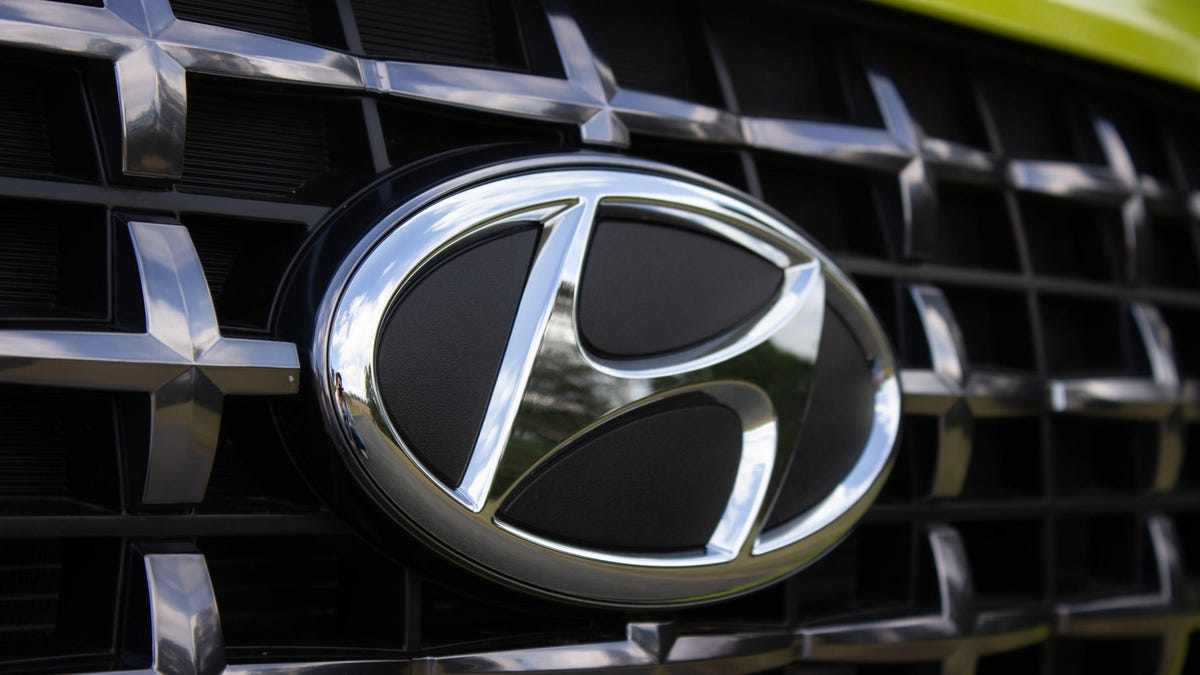Future Hyundai features may require subscriptions as automaker readies more automated tech
Yep, Hyundai is boarding the "feature on-demand" bandwagon, and that's unfortunate.
Quietly, there's a new trend inching into automotive, and it's not one Roadshow is particularly fond of. Automakers are giving it many cheery names, but basically, you may need to subscribe to various functions in new cars. Heated seats, fancier headlights or various infotainment features -- all of it's on the table. Hyundai, the latest automaker to announce it's ready to embrace such a system, calls it "features on-demand."
It's coming as soon as late 2021, according to a sweeping Thursday announcement from the company in which it detailed its near-term strategies, and the minor detail that could usher in big changes for future Hyundai owners' ties to forthcoming Level 3 partially automated driving functions and the introduction of over-the-air updates. OTA updates aren't exactly groundbreaking these days as more automakers turn their vehicles into highly connected machines (even the 2021 F-150 is OTA-ready), but subscription-based features is a function quickly forging a relationship with such capabilities. Hyundai didn't detail what it plans to include in its version of the feature subscriptions, however. We'll surely learn more soon.
As for the automated technology, 2022 will see Level 3 partially automated systems branch out to Hyundai vehicles. L3 is a tricky step in the scale of autonomy, and it's one many companies plan to bypass altogether due to various shades of gray areas. Today, no driver-assist feature pushes past Level 2. That includes systems like Tesla's Autopilot and even General Motors' Super Cruise. L3 invites drivers to hand over controls for all "safety-critical" functions, but builds a tightrope for drivers and the cars. While L3 seems autonomous, drivers must be ready to retake control at any moment. The system cannot safely handle a disengagement, say, on the highway. In that respect, it starts to feel a lot like an L2 system, and it shows why automakers are focused on Level 4 and 5 -- near autonomy and total autonomy.
Hyundai's idea of an L3 system isn't clear just yet, but it will also include self-parking functions, the automaker said. In the meantime, it continues to work with Aptiv on L4 and L5 technologies for the future.


